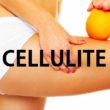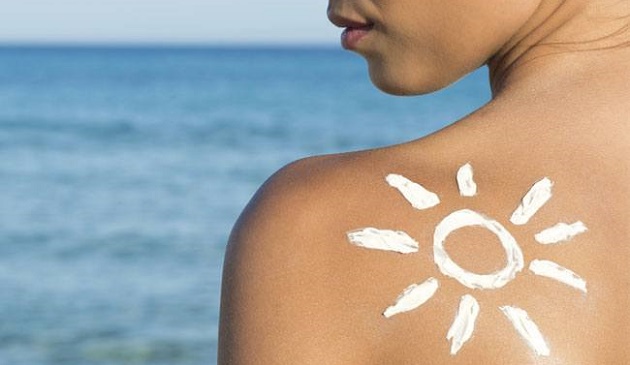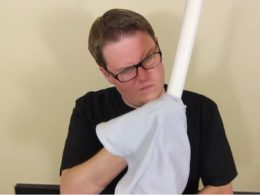Even on a cloudy day, it is of utmost importance to put on a layer of sunscreen on your skin. Even if you don’t see it, the harmful UV rays from the sun causes the formation of free radicals on your skin. These free radicals will then cause more than a handful of damages to your skin and to your body. For instance, wrinkles, fine lines, dark spots, and skin cancer are only some of the harmful effects of too much exposure to the sun’s UV rays. That’s why preventive measures must be taken.
Wearing sunscreen is one way you can protect your body from sun damage. You need to wear sunscreen if you’re going outdoors, especially to the beach, because the amount of UV rays that will reach you is intensified as it bounces off the ground or the sand or the water. This is also the reason why umbrellas often do not offer as much protection as sunscreen. Even if you’re indoors or at the office all day, UV rays can still make its way through windows.
There are actually a lot of brands and varieties of sunscreen you can choose from. However, most of the sunscreens available on the market today contain harsh chemicals that may disrupt the body’s hormone system or cause some other type of damage. Or, they may contain micronized minerals with nano-particles that penetrate and cause severe damage to your cells.
The only guaranteed way that you’re getting quality sunscreen without any harmful ingredients is by making one on your own. This way, you can see exactly what ingredients you’ll be putting on your skin. Here’s one non-toxic DIY sunscreen recipe that is both very safe and effective.
Materials needed:
• Mask
• Glass bowl
• Pot
• Kitchen scale
• Container
• Whisk
Ingredients:
• ½ tablespoon vitamin E
• 65g carrier oil (such as jojoba oil, apricot oil, almond oil, etc.)
• 90g coconut oil
• 28.5g beeswax
• 27.5g Shea butter
• 40g zinc oxide (non-nano, uncoated)
Before you start:
• Don’t use micronized zinc oxide. This nano-particle can penetrate your cells and cause direct or indirect damage to the physiology of your cells. Instead, use the non-nano, uncoated variety of zinc oxide.
• Don’t inhale the zinc oxide. It would be best to keep the kids away and to use a mask while you’re working.
• Use organic, unrefined shea butter, carrier oil, and coconut oil.
Procedures:
1. Measure the ingredients. Put a glass bowl on top of your kitchen scale then click ‘tare’ to bring it back to 0g. Add all the ingredients except zinc oxide one by one, making sure to hit ‘tare’ in between every ingredient so you get an accurate measurement.
2. Melt the ingredients. Pour some water into a pot and bring it to a simmer. Place the glass bowl over the pot of simmering water. The water in the pot should be shallow enough that its surface won’t touch the bottom of the bowl. Stir occasionally with a whisk until the ingredients have completely melted.
3. Add the zinc oxide. Remove the bowl from the heat then wipe away any condensation so it won’t get into the product. Place the bowl on the scale then click ‘tare.’ Add the zinc oxide very slowly in small amounts at a time until you get 40g. Use a mask while working with zinc oxide to keep yourself from inhaling it.
4. Mix. Use the whisk to thoroughly mix the ingredients together. Keep whisking for a few minutes or so.
5. Let it sit. Pour the contents of the bowl into your container. Let it sit for a couple of minutes until the sunscreen sets up.
The finished product is a mineral sunscreen that does not make use of nano-particles unlike most mineral sunscreens available on the market today. It is broad spectrum which means it provides protection from both UVA and UVB sun rays. Since it contains about 20% zinc oxide, the SPF is expected to be at least 20.
Just like any other sunscreen, it should be reapplied every hour. Always apply a generous amount. It is not waterproof though so the sunscreen will come off when swimming or by excessive sweating.








